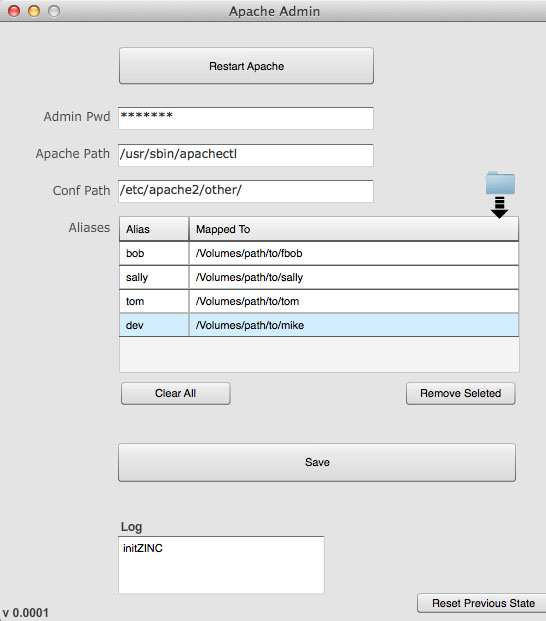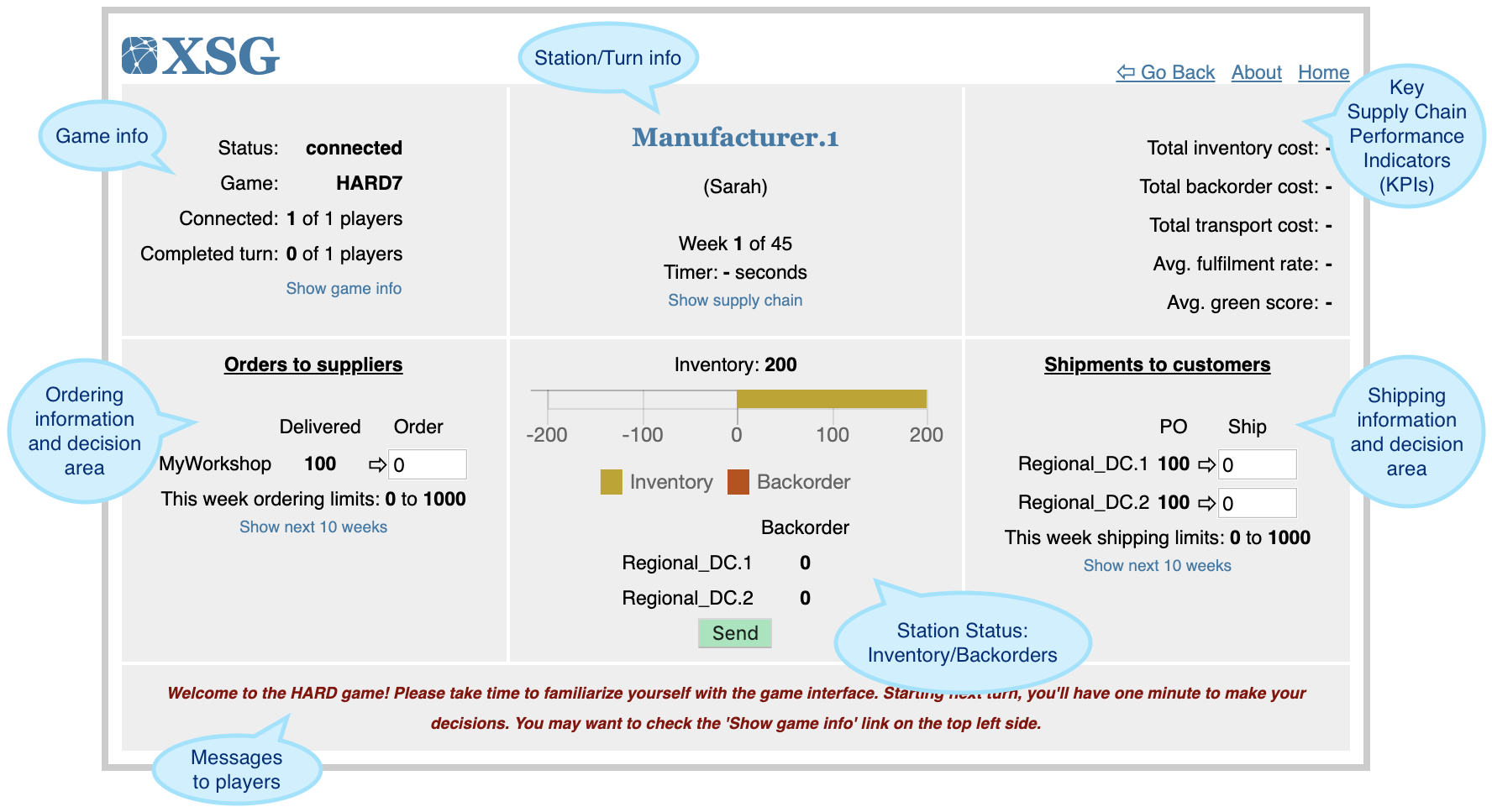


In this method, you don't even need to use "ssh alias-name" command. Then, apply the changes using command: $ source ~/.bashrc point all domain email addresses to my OS X Server at home. Using custom SSH proxy port, which is set on the Auth Server. Also I was wondering what OS X is capable of. The member nodes of a cluster may have multiple OS users on them. alias webserver='ssh 'Īlias dhcp='ssh -p 2233'Īlias ubuntu='ssh -i ~/.ssh/id_rsa_remotesystem'Īgain make sure you have replaced the host, hostname, port number and ip address with your own. Now my issue is I am on the road alot and though I don't need to read every email I get I do think if I setup everyting the same way I will haven an administration advantage. You can use the alias command to make this task much easier.Īdd aliases for each SSH connections one by one like below. This is quick and dirty way to create SSH aliases for faster communication. This way you can add as many as remote hosts you want to access over SSH and quickly access them using their alias name. Now connect to the remote server with command: $ ssh ubuntu
CONFIGURE OS X ALIASES FOR ALL USERS MAC OS X
Now the user can select a volume to be mounted on the Mac OS X desktop. Sample Decks: Lesson 1 - Install OS X El Capitan, Lesson 2 - Set Up and Configure OS X, Lesson 3 - Use OS X Recovery Show Class macOS Support Essentials 10.
CONFIGURE OS X ALIASES FOR ALL USERS PASSWORD
Make sure you have replaced the hostname, username and SSH keyfile path with your own. Enter the username and password and click Connect. For example, if you have configured SSH Key-based authentication, mention the SSH keyfile location as below.
You can also add plenty of other things in the SSH config file. When Alias is launched, a new UserPrefsIf you want to make the aliases available for all users (system wide), add the above lines in /etc/ssh/ssh_config file. Please note that this applies for current user only. See? I only used the alias name (i.e webserver) to access my remote system that has IP address 192.168.225.22. To do so, edit ~/.ssh/config file (If this file doesn't exist, just create one): $ vi ~/.ssh/configĪdd all of your remote hosts details like below: Host webserver The CACHES setting must configure a default cache any number of additional caches may also be specified. as alias set thisinfo to info for thisitem if class of thisitem is alias then tell application 'Finder' set originalfile to original item of thisitem set thisaliasfilename to displayed name of thisitem set containerfolder to container of thisitem set thepath to the. It is a nested dictionary whose contents maps cache aliases to a dictionary containing the options for an individual cache. In OS X, Aliases will not break when the Volume is renamed. We can use SSH default configuration file to create SSH alias. A dictionary containing the settings for all caches to be used with Django. On macOS /etc/profile sets the default PATH with the pathhelper tool and then source s /etc/bashrc which (you guessed) would be the central file for all users that is executed for non-login interactive shells. This is my preferred way of creating aliases. This provides a central location to configure the shells for all users on a system. We can create an alias for SSH commands in two methods. No worries! This can be easily solved by creating an alias(or shortcut) for SSH connections. However, If you SSH into multiple different systems, remembering all hostnames/ip addresses, usernames is bit difficult unless you write them down in a paper or save them in a text file. I believe most of the newbie Linux users and/or admins would SSH into a remote system this way.

Sudo cp -R /Users/new-user-short-name /System/Library/User\ Template/English.Or using port number, username and IP address: $ ssh -p 22 Sudo mv /System/Library/User\ Template/English.lproj /System/Library/User\ Template/ Copy the newly created user's home directory to the default template. Log off and back on to an administrator account. In particular, run various applications to set up their preferences. If you want to change this, for example add a default set of files, simply change the above directory and it will be reflected in all newly created users.Ĭreate a default setup for new users. System/Library/User\ Template/English.lproj/ This is not hard-coded, but is created by copying the directory structure from: When a new user is created using System Preferences, pane Accounts, that user has a default directory structure and set of files. Here's an old article I've used for years


 0 kommentar(er)
0 kommentar(er)
